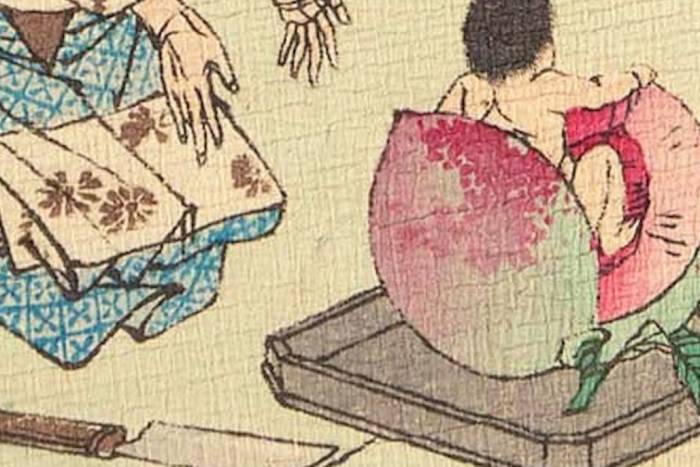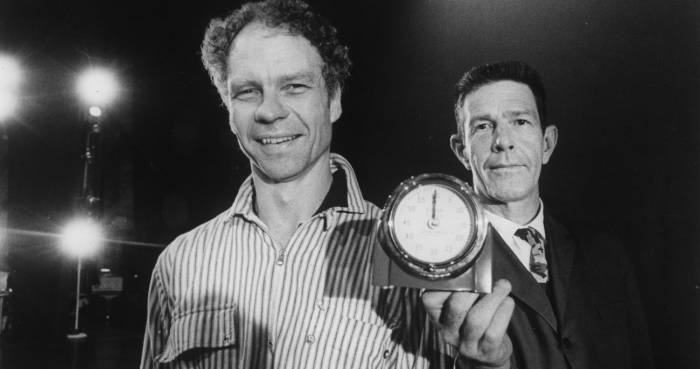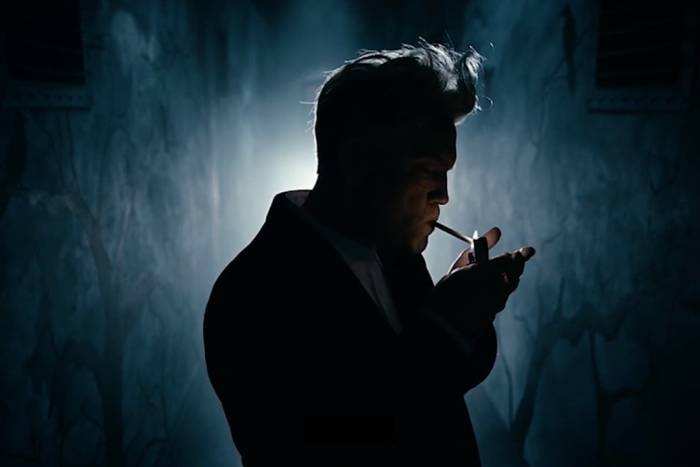Cosmic Ontology: We Are Made of Stars
We have all heard that “we are made of stars”, but how exactly is it that we are made of the same substance as heavenly bodies?
How many times have we heard the phrase: “we are made of stars”? Maybe the most memorable version of this phrase is Carl Sagan’s (Cosmos, 1980), but we can name a vast number of other references. Among these, a memorable phrase by George Bataille in Guilty comes to mind: “What am I but a ray from a dead star?”, and another by Neil deGrasse, Sagan’s heir: “We do not only live among the stars, stars live inside us”.
The extraordinary thing is, although there are moments when it may seem hard to fathom, we are, actually, widely speaking, made of stars. Perhaps the best approach to understand this is through the chemical world:
Stars produce light due to the power of fusion in their nuclei. This fusion happens because gravity blends hydrogen balls in the nuclei until hydrogen atoms react by casting away protons that coalesce with helium atoms. This process continues until helium becomes the dominant element of a star —which is where helium gets its name from; it is a word historically associated with the sun. If a star is copious enough it will explode as a supernova, dispersing all of its elements throughout the universe. Every atom, including ours, is made of these stars.
It should be noted, however, that not all elements are made from the fusion in the stars’ nuclei; some of the heavier elements are composed from what is known as neutron capture. For example, gold is hard to obtain through fusion, because of the odd number of protons and the heaviness of the element. The process that happens is hence the opposite, a division of atoms. Iron nuclei with more neutrons than protons come apart. These neutrons are projected towards the adjacent elements creating neutron deposits in them. When some of these neutrons become protons, golden elements such as lead and uranium are consequently created. The heavy elements are also the product of the alchemy takes place in “the Athanor of the stars”. Thus, it is safe to say that if every single atom in the universe had a working memory, they’d remember being part of a star.
In sum, the veracity of one of the most aesthetic and inspiring premises surrounding the human essence is, chemically, verifiable. This means that we are all participants, in a literally substantial manner, in this ubiquitous dialogue held by the micro and the macro, a conversation that begins and ends, always, in the indelible unity of it all.
Related Articles
Pictorial spiritism (a woman's drawings guided by a spirit)
There are numerous examples in the history of self-taught artists which suggest an interrogation of that which we take for granted within the universe of art. Such was the case with figures like
Astounding fairytale illustrations from Japan
Fairy tales tribal stories— are more than childish tales. Such fictions, the characters of which inhabit our earliest memories, aren’t just literary works with an aesthetic and pleasant purpose. They
A cinematic poem and an ode to water: its rhythms, shapes and textures
Here lies One Whose Name was writ in Water. - John Keats Without water the equation of life, at least life as we know it, would be impossible. A growing hypothesis holds that water, including the
Watch beauty unfold through science in this "ode to a flower" (video)
The study of the microscopic is one of the richest, most aesthetic methods of understanding the world. Lucky is the scientist who, upon seeing something beautiful, is able to see all of the tiny
To invent those we love or to see them as they are? Love in two of the movies' favorite scenes
So much has been said already, of “love” that it’s difficult to add anything, much less something new. It’s possible, though, perhaps because even if you try to pass through the sieve of all our
This app allows you to find and preserve ancient typographies
Most people, even those who are far removed from the world of design, are familiar with some type of typography and its ability to transform any text, help out dyslexics or stretch an eight page paper
The secrets of the mind-body connection
For decades medical research has recognized the existence of the placebo effect — in which the assumption that a medication will help produces actual physical improvements. In addition to this, a
The sea as infinite laboratory
Much of our thinking on the shape of the world and the universe derives from the way scientists and artists have approached these topics over time. Our fascination with the mysteries of the
Sharing and collaborating - natural movements of the creative being
We might sometimes think that artistic or creative activity is, in essence, individualistic. The Genesis of Judeo-Christian tradition portrays a God whose decision to create the world is as vehement
John Malkovich becomes David Lynch (and other characters)
John Malkovich and David Lynch are, respectively, the actor and film director who’ve implicitly or explicitly addressed the issues of identity and its porous barriers through numerous projects. Now










